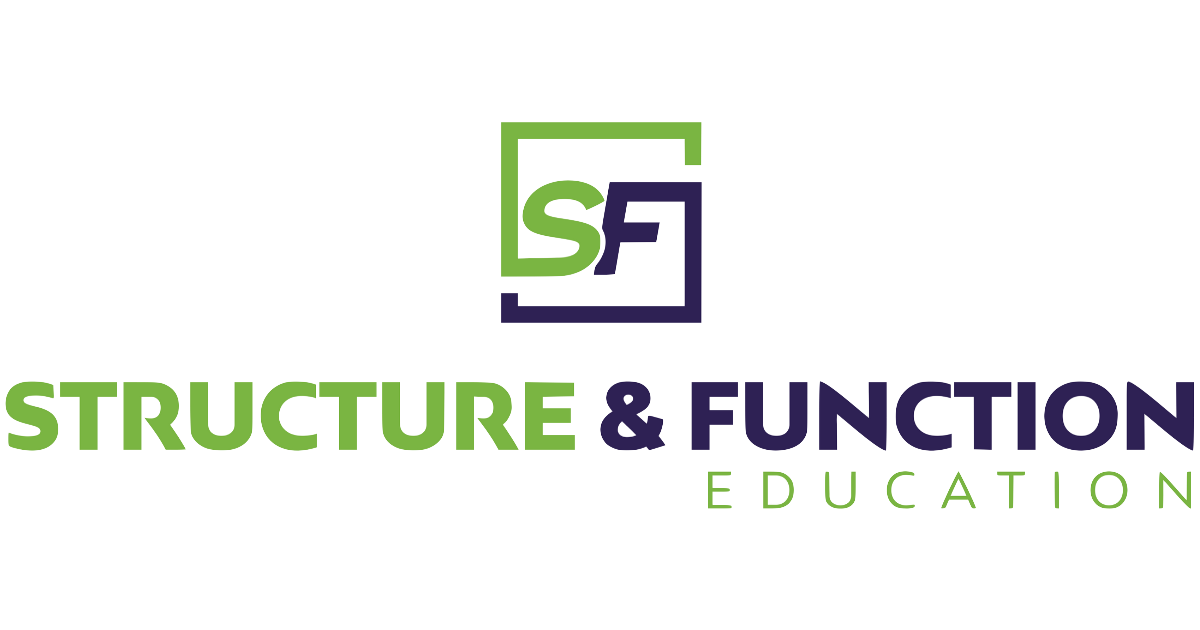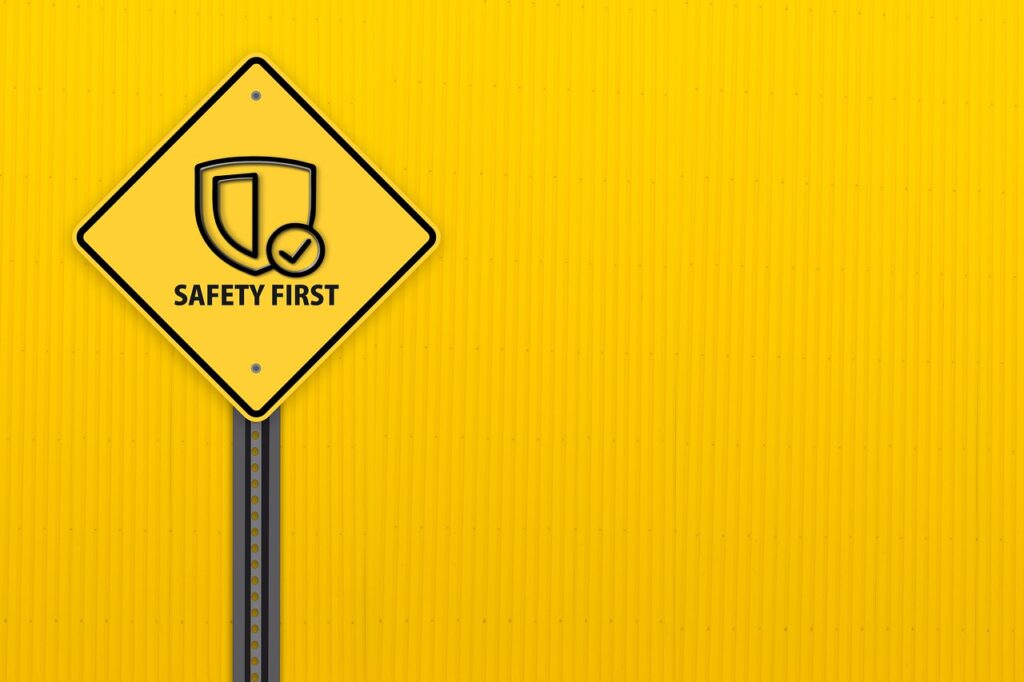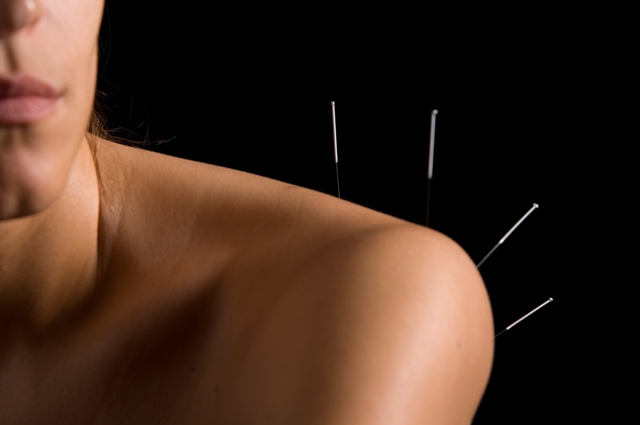What Do Patients Experience During Dry Needling Treatment?
Embarking on a journey to explore dry needling can be both intriguing and a tad overwhelming. Let’s walk through what patients experience during dry needling treatments, addressing common questions and shedding light on potential concerns. Download our quick handout on side effects of dry needling.
Sensations During Dry Needling:
One common treatment used by professionals for musculoskeletal discomfort is dry needling. Patients may feel a variety of sensations during a dry needling therapy. Many patients feel very little or an ache when needles are inserted. Due to its small size, some people might not feel the needle piercing them, while others might feel a tiny prick.1–4 A twitch response – an involuntary spinal reflex that causes a localized contraction of the afflicted muscles – and an uncomfortable sensation may be experienced when a needle is put into a trigger point.5 This unexpected feeling may make you sore for a brief period of time. Particularly in regions like the neck with a lot of stored tension, some patients compare the soreness to what they get from a deep tissue massage or manual trigger point work. Some patients may have discomfort or tightness in the area around the insertion site after the procedure.6 Stretching, heating the area, or receiving a gentle massage can all help to ease this pain, which is typically comparable to the kind of soreness that one could have after exercising. A brief increase in discomfort that often goes away in 24 to 48 hours may also be experienced by some patients.7
Patients may have some involuntary muscular contractions in the muscle where the needle was put in certain instances. This is commonly known as a “twitch response”.8 A release sensation may be reported by certain patients, who find it to be extremely pleasant. Others may not notice anything noteworthy immediately, but they will soon discover that getting up from the table makes moving much easier.9,10 It is noteworthy that the experience can exhibit significant variability among patients, contingent upon variables such as the underlying medical condition and the patient’s threshold for pain.7,11,12 After dry needling, many patients report pain reduction, increased range of motion, and enhanced muscle function, despite the brief discomfort during the procedure.3–5,13
Are There Side Effects to Dry Needling?
I recently did a blog on the three most common adverse events. It’s essential to remember that experiences vary, depending on individual circumstances. While some might feel increased discomfort, others find an improved range of motion and reduced pain, outweighing any temporary unease during the procedure.3,14,15 Lets talk about and look at the frequency of side effects.
Is There Post-Needling Discomfort?
Discomfort post-dry needling is common but typically short-lived. Not every patient experiences it, and the intensity varies based on the treated area. Pain may start to appear in some individuals as soon as a few hours after treatment, while it may take up to 24 hours for others to experience it.14 Expect minor effects like bruising, bleeding, or pain at the needle insertion site. These are usually considered acceptable side effects and can be alleviated with light stretching, massage, or heat application.14
What Are The Adverse Events?
Mild adverse events, such as bleeding, bruising, and pain during dry needling, are the norm, occurring in about 20% of cases. Other temporary effects like slight discomfort, fatigue, or skin reactions are possible but usually fade within hours. Serious negative consequences are uncommon. According to Halle and Halle’s findings, there is extremely little chance that acupuncture or dry needling may cause major side effects.7,12 Serious adverse events are exceptionally rare, happening in less than 0.1% of treatments. Instances like prolonged discomfort, intense bruising, sweating, severe nausea, vomiting, or fainting are noteworthy but extremely uncommon. 6,7,12,16. One incredibly uncommon but dangerous side effect is pneumothorax, or lung collapse.
How Frequent are Side Effects?
When talking about side effects for dry needling or other medical procedures, healthcare professionals describe or rank them using the following five phrases: Very Common, Common, Uncommon , Rare and Very Rare.
Common Side Effects
Common side effects happen in 1 to 10 patients out of 100 people treated or less than 10% of the treatments. Common side effects are bleeding, bruising and pain. Hematoma is possible because of the lesion of small vessels. Sometimes, small amounts of blood come to skin when performing a dry needling treatment.
Uncommon Side Effects
Uncommon side effects happen in 1 to 10 patients out of 1,000 people treated or less than 1% of the treatments. Uncommon side effects observed in the context of dry needling treatment include: inflammation at the application site, swelling, strong pain during needling, and local muscle pain. Nerve irritation or nerve injury is also possible. This can cause sensation difficulties or a temporary weakness in the associated musculature. Furthermore, headache, fatigue, and vegetative symptoms like vertigo and nausea were experienced. An initial aggravation of the symptoms which lead to the treatment is possible.
Rare Side Effects
Rare side effects happen in 1 to 10 patients out of 10,000 people treated or more than 1/10 of 1% but less of 1% of treatments. Rare side effects include: local infection, redness, itching, sweating, decrease of blood pressure, increase in blood pressure, unconsciousness, tachycardia, breathing difficulties, vomiting, worsening health state, generalized muscle pain, restricted movement, joint problems, feeling of coldness, menstrual problems, depressive mood, anxiety, sleep disturbance, restlessness/ nervousness, disturbed vision, and tinnitus.
Very Rare Side Effects
Very rare happen in less than 1 out of 10,000 people treated or less than 1/10th of 1% and include including singular incidents during treatment. Very rare side effects observed in the context of dry needling treatment include palpitations, constipation, diarrhea, gastric symptoms such as spasms, circulatory disturbance, lesions of blood vessels, systemic infection, euphoria, nightmares, balance issues, disturbance of speech, disorientation, shivering, and eye irritation. Very rarely dry needling needles can be forgotten or broken. During treatment on the thorax, a too-deep insertion of a dry needling needle can cause an accumulation of air in the pleural cavity (pneumothorax). This event is very rare and due to poor needling technique. Additionally, injuries to the central nervous system and the pericardium have been reported.
Conclusion:
Having looked at what patients experience during dry needling treatments, it’s important to remember that dry needling is considered safe, although each person has a personalized experience. If you are undergoing a dry needling treatment its crucial to understanding potential risks as well as the benefits. Patients should also seek medical assistance if they have any troubling symptoms.
If you’re considering dry needling please explore this comprehensive handout based on current adverse events literature. It’s designed to empower you with the knowledge to make informed decisions and engage in meaningful discussions with your healthcare provider. The handout found here is based upon the current adverse events literature.6,7,12,16.
Remember, your health is our priority, and your journey through dry needling should be as comfortable and informed as possible. Don’t hesitate to reach out with any questions or concerns with your healthcare provider.
References
- [ PubMed ] Cagnie B, Dewitte V, Barbe T, Timmermans F, Delrue N, Meeus M. Physiologic Effects of Dry Needling. Curr Pain Headache Rep. 2013;17(8):348. doi:10.1007/s11916-013-0348-5
- [ PubMed ] Dunning J, Butts R, Mourad F, Young I, Flannagan S, Perreault T. Dry needling: a literature review with implications for clinical practice guidelines. Phys Ther Rev. 2014;19(4):252-265. doi:10.1179/108331913X13844245102034
- [ PubMed ] Dommerholt J, Fernández-de-las-Peñas C, Petersen SM. Needling: is there a point? J Man Manip Ther. 2019;27(3):125-127. doi:10.1080/10669817.2019.1620049
- [ PubMed ] Dommerholt J. Dry needling — peripheral and central considerations. J Man Manip Ther. 2011;19(4):223-227. doi:10.1179/106698111X13129729552065
- [ PubMed ] McAphee D, Bagwell M, Falsone S. Dry Needling: A Clinical Commentary. Int J Sports Phys Ther. 2022;17(4). doi:10.26603/001c.35693
- [ PubMed ] Boyce D, Wempe H, Campbell C, et al. ADVERSE EVENTS ASSOCIATED WITH THERAPEUTIC DRY NEEDLING. Int J Sports Phys Ther. 2020;15(1):103-113. doi:10.26603/ijspt20200103
- [ PubMed ] Halle JS, Halle RJ. PERTINENT DRY NEEDLING CONSIDERATIONS FOR MINIMIZING ADVERSE EFFECTS – PART ONE. Int J Sports Phys Ther. 2016;11(4):651-662.
- [ Publisher ] Dommerholt J. Dry Needling in Orthopedic Physical Therapy Practice. In: ; 2004.
- [ PubMed ] Park SU, Ko CN, Bae HS, et al. Short-Term Reactions to Acupuncture Treatment and Adverse Events Following Acupuncture: A Cross-Sectional Survey of Patient Reports in Korea. J Altern Complement Med. 2009;15(12):1275-1283. doi:10.1089/acm.2009.0181
- [ PubMed ] Park JH, Lee JH, Lee S, Shin JY, Kim TH. Adverse events related to electroacupuncture: a systematic review of single case studies and case series. Acupunct Med. Published online May 16, 2020:096452842092028. doi:10.1177/0964528420920287
- [ PubMed ] Lin CL, Chern A, Wang MJ, Lin SK. Incidence of nerve injury following acupuncture treatments in Taiwan. Complement Ther Med. Published online November 2023:103007. doi:10.1016/j.ctim.2023.103007
- [ PubMed ] Halle JS, Halle RJ. PERTINENT DRY NEEDLING CONSIDERATIONS FOR MINIMIZING ADVERSE EFFECTS – PART TWO. Int J Sports Phys Ther. 2016;11(5):810-819.
- [ PubMed ] Gregory TJ, Rauchwarter SA, Feldman MD. Clinical Commentary: Rehabilitation Using Acute Dry Needling for Injured Athletes Returning to Sport and Improving Performance. Arthrosc Sports Med Rehabil. 2022;4(1):e209-e213. doi:10.1016/j.asmr.2021.09.035
- [ PubMed ] Martín-Pintado-Zugasti A, Fernández-Carnero J, León-Hernández JV, et al. Postneedling Soreness and Tenderness After Different Dosages of Dry Needling of an Active Myofascial Trigger Point in Patients With Neck Pain: A Randomized Controlled Trial. PM&R. 20
- [ PubMed ] Cagnie B, Dewitte V, Barbe T, Timmermans F, Delrue N, Meeus M. Physiologic Effects of Dry Needling. Curr Pain Headache Rep. 2013;17(8):348. doi:10.1007/s11916-013-0348-5
- [ PubMed ] Witt CM, Pach D, Brinkhaus B, et al. Safety of Acupuncture: Results of a Prospective Observational Study with 229,230 Patients and Introduction of a Medical Information and Consent Form. Complement Med Res. 2009;16(2):91-97. doi:10.1159/000209315
- [ PubMed ] White A, Hayhoe S, Hart A, Ernst E. Adverse events following acupuncture: prospective survey of 32 000 consultations with doctors and physiotherapists. BMJ. 2001;323(7311):485-486.




